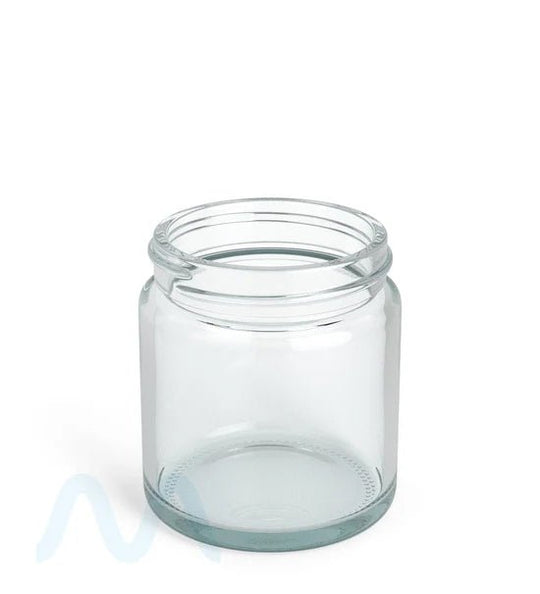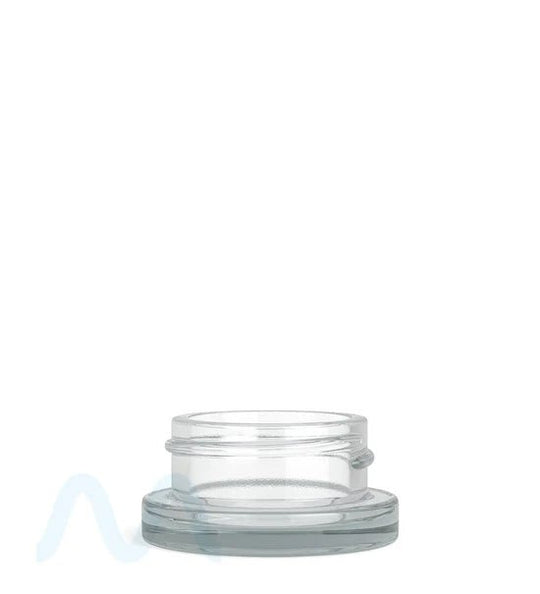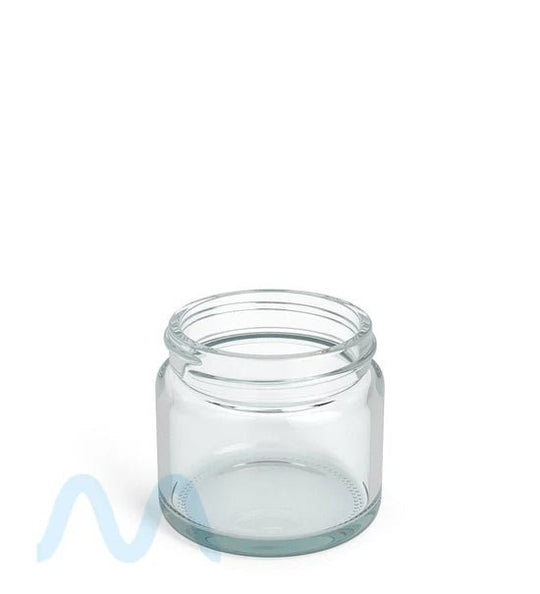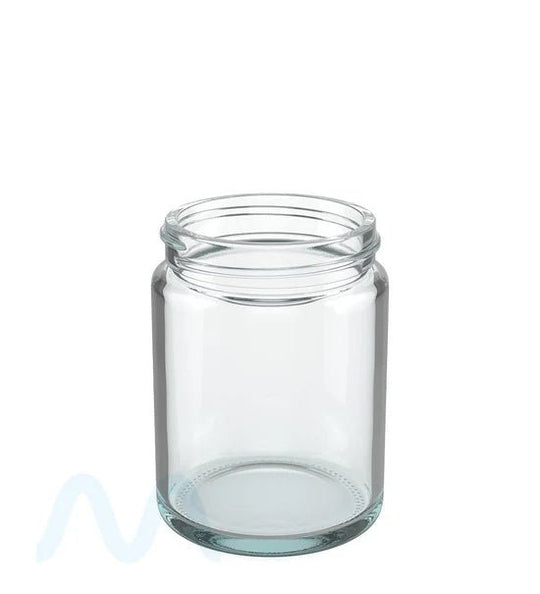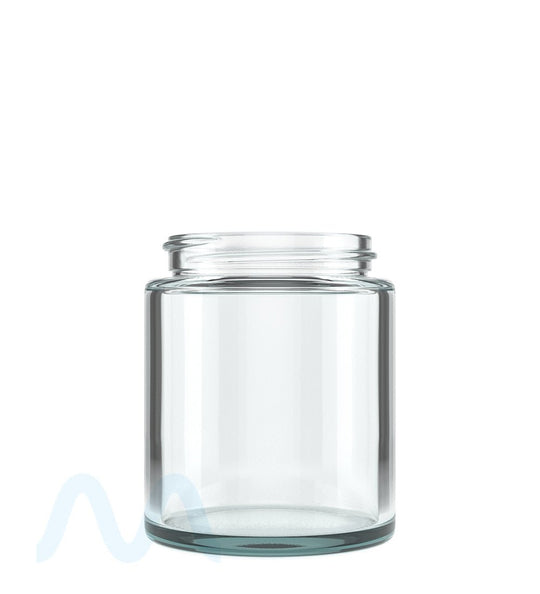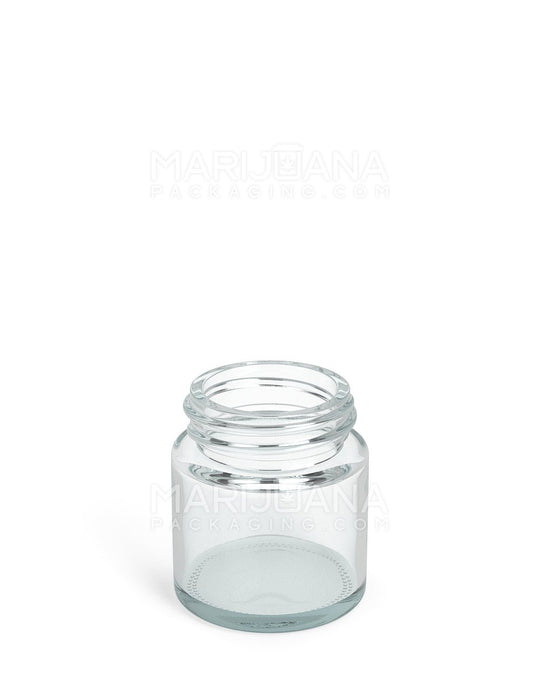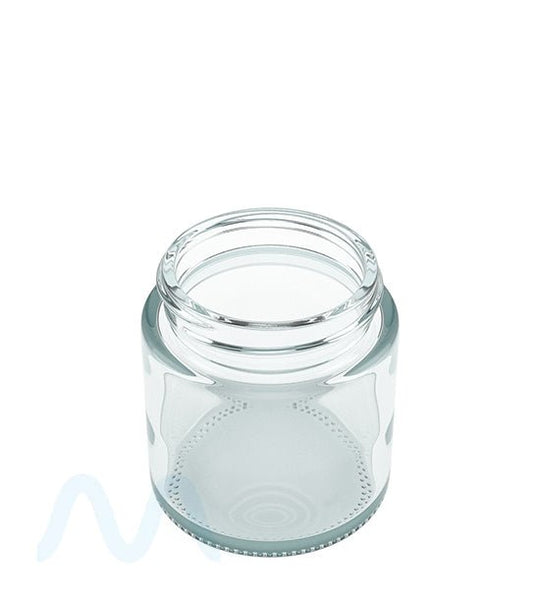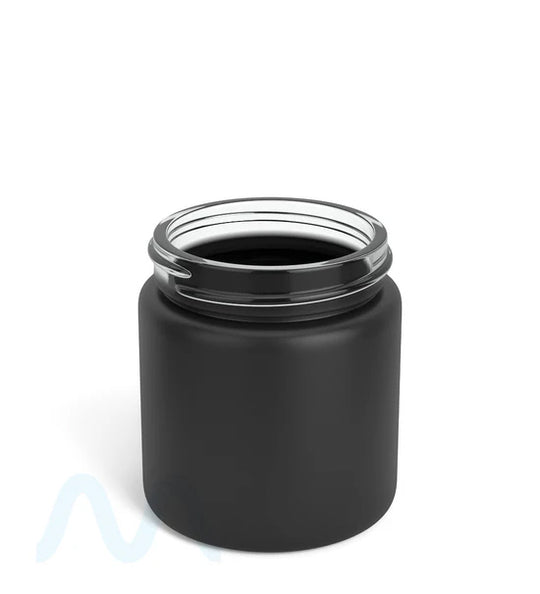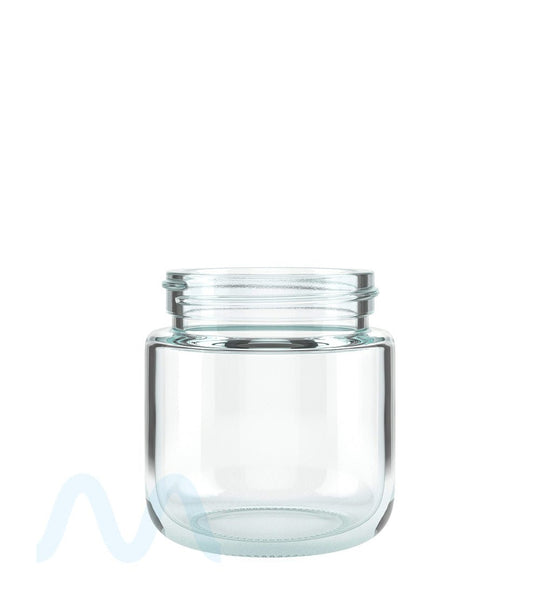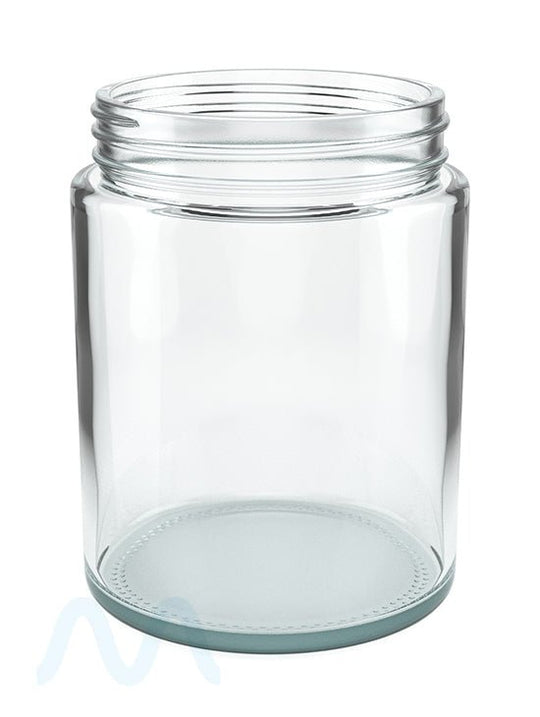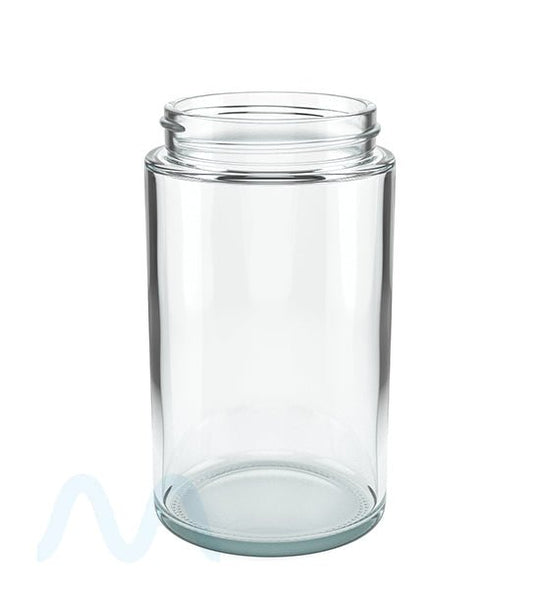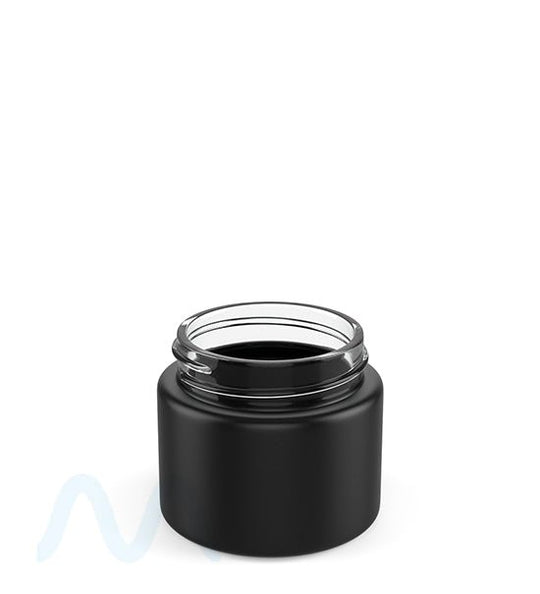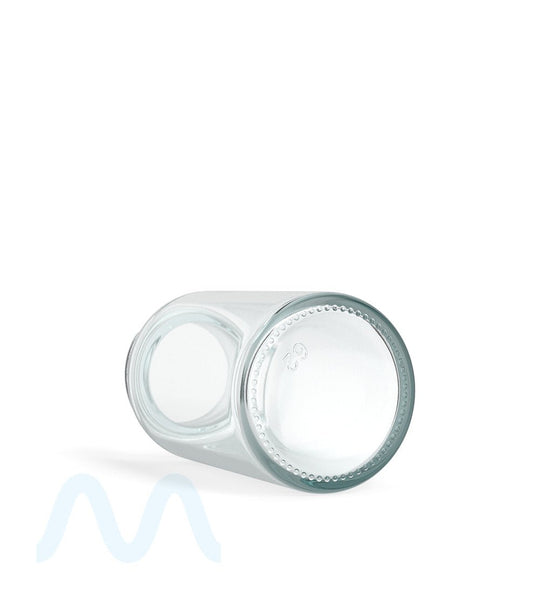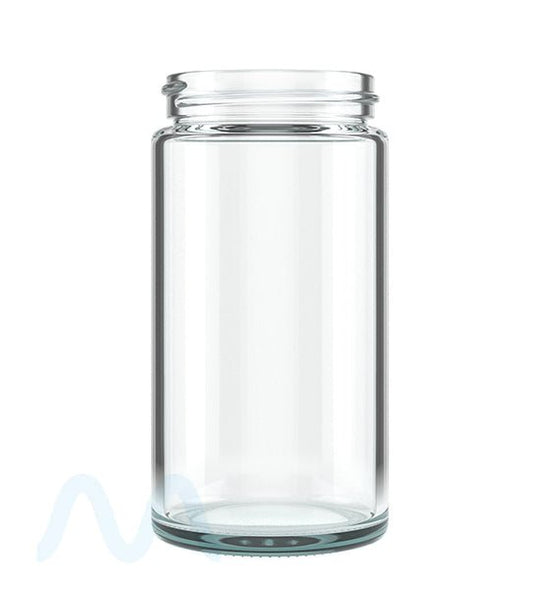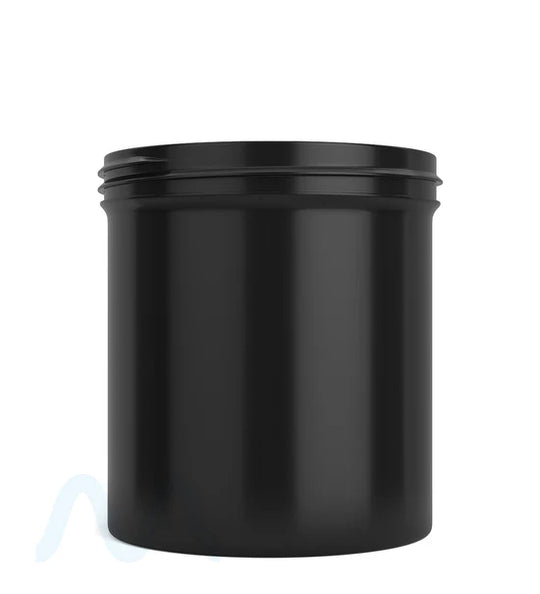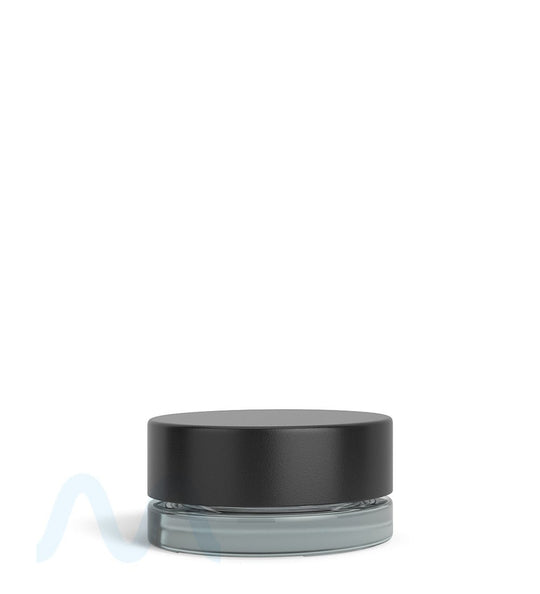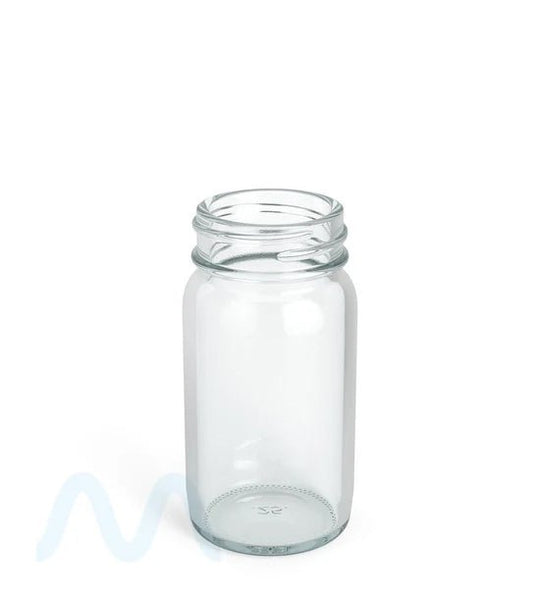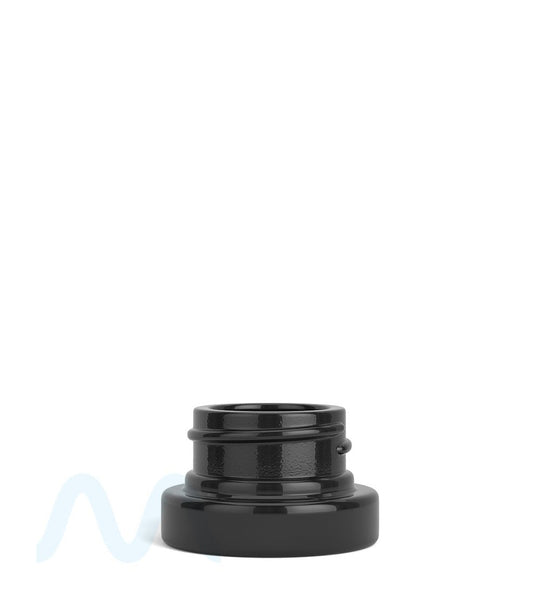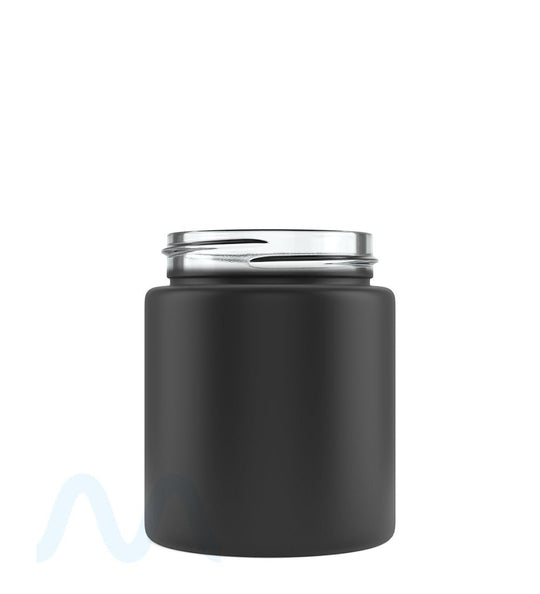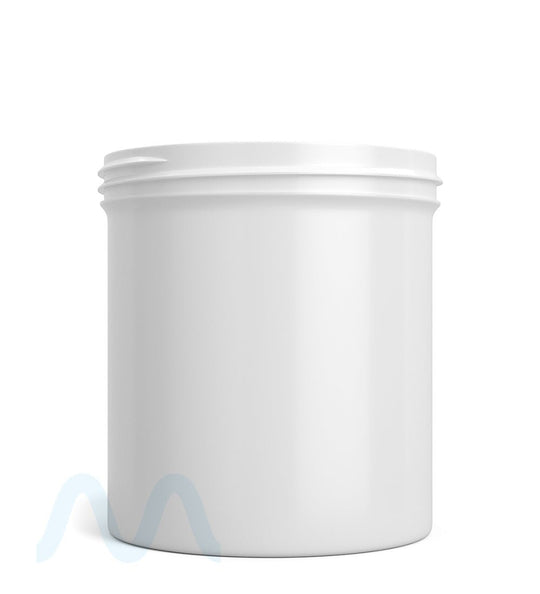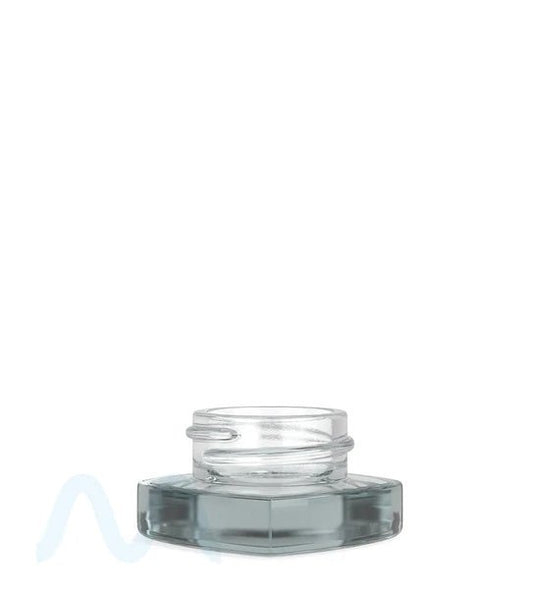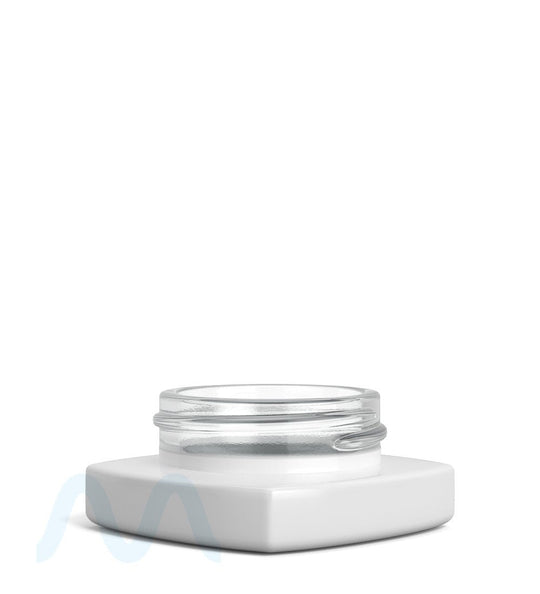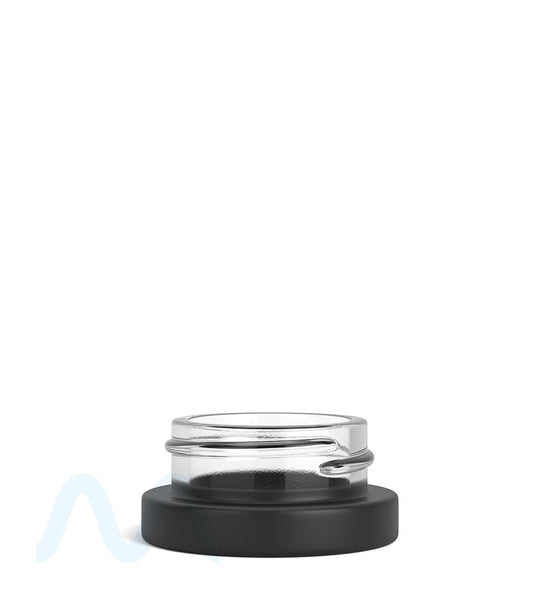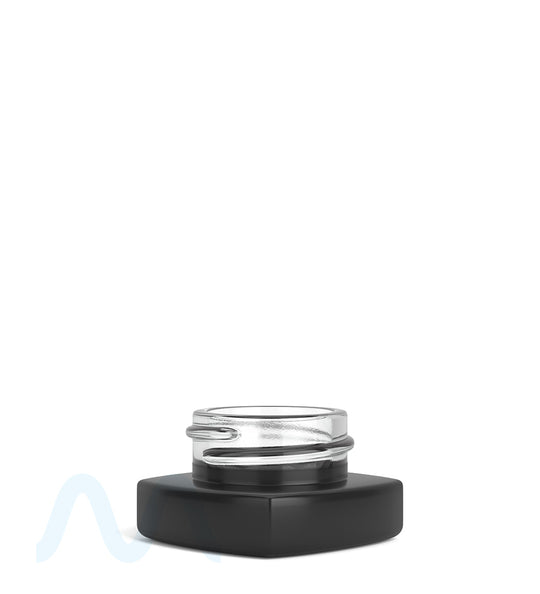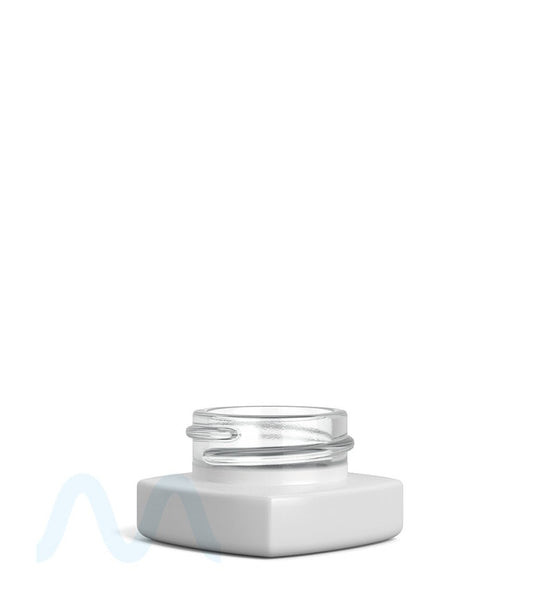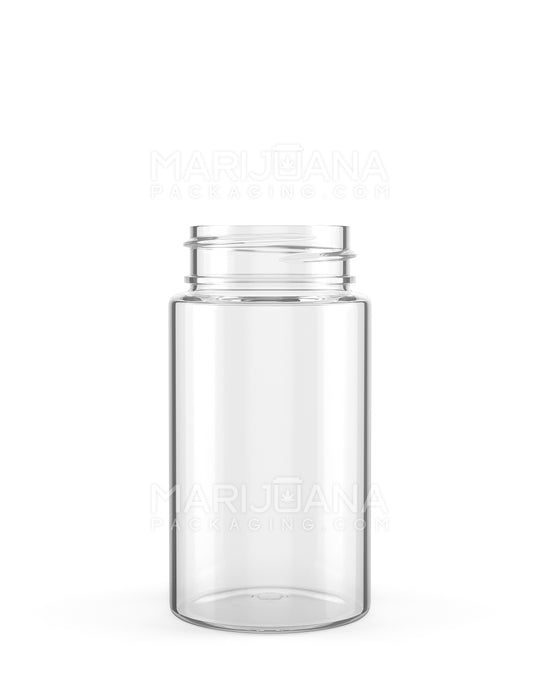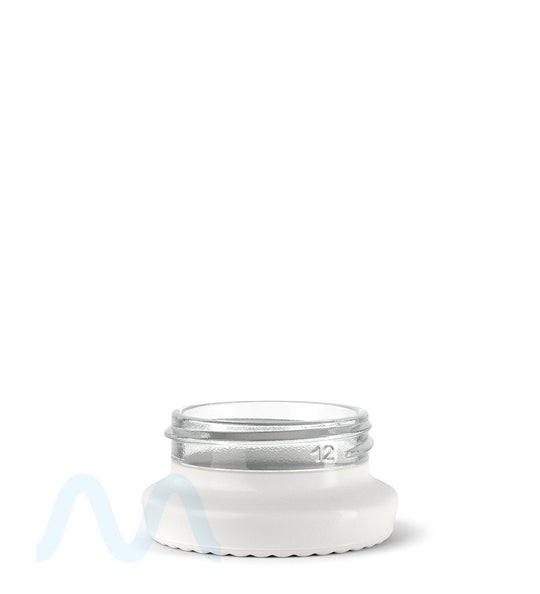Pickling Jars
Frequently Asked Questions About
Table of Contents
Pickling Jars: Essential Features for Food Preservation
Pickling jars represent a cornerstone of traditional food preservation methods that continue to thrive in modern kitchens. These specialized containers are designed specifically to withstand the acidic environments created during the pickling process while maintaining an airtight seal that ensures food safety and longevity. Whether you're preserving cucumbers, peppers, onions, or experimenting with more exotic ingredients, the right jars for pickling make all the difference in both the preservation process and the final presentation.
Quality glass pickle jars provide the perfect environment for fermentation and preservation, allowing you to enjoy seasonal produce year-round while maintaining optimal flavor, texture, and nutritional value. Unlike plastic alternatives, glass containers don't interact with acidic brines, ensuring your pickled goods remain pure in both taste and composition.
At their core, pickling jars must fulfill several critical functions: they must resist corrosion from vinegar and salt solutions, maintain a reliable seal to prevent contamination, withstand temperature fluctuations during processing, and provide clear visibility of the contents. Our selection of canning jars meets all these requirements while offering various sizes and styles to accommodate different preservation projects.
Types of Glass Pickle Jars and Their Applications
When exploring options for pickle packaging jars, you'll encounter several distinct styles, each with specific advantages for different preservation methods:
Mason Jars
The classic Mason jar remains the gold standard for home pickling. These versatile containers feature a threaded neck designed to work with two-piece lids (flat lid and screw band) that create a vacuum seal during the cooling process. Available in regular and wide-mouth varieties, Mason jars offer excellent versatility for different food shapes and sizes.
Bail-Top Jars
Also known as Fido or swing-top jars, these containers use a hinged wire mechanism with a rubber gasket to create an airtight seal. While not recommended for water bath canning, they excel for refrigerator pickles and fermentation projects where repeated access is beneficial.
Straight-Sided Jars
These food jars feature vertical walls without shoulders, making them ideal for packing whole vegetables like cucumbers or asparagus. Their uniform shape also makes them easier to clean and less prone to trapping air bubbles during the packing process.
For commercial applications, specialized food containers may offer additional features like tamper-evident seals or custom branding opportunities while maintaining the fundamental requirements for safe pickling.
Selecting the Right Jar Size for Your Pickling Projects
Choosing appropriate jar sizes significantly impacts both the pickling process and storage efficiency. Common sizes include:
- Half-pint (8 oz): Perfect for relishes, chutneys, and specialty pickles intended for single servings or gifting
- Pint (16 oz): The versatile standard for most pickle projects, ideal for small households or variety batches
- Quart (32 oz): Excellent for staple pickles consumed regularly or when processing larger quantities
- Half-gallon (64 oz): These large pickle jars work well for fermenting projects and storing whole vegetables
When selecting jars for pickling, consider not only the quantity of produce you're preserving but also how the food will be used after pickling. Smaller jars are preferable when you want to open and consume the contents quickly, while larger containers work better for households that regularly enjoy pickled foods.
For specialty applications like sauce jars or spice jars, size considerations may differ based on the specific product's consistency and intended use. Many of our customers find that having an assortment of sizes provides the flexibility needed for various preservation projects throughout the year.
Sealing and Storage Considerations for Pickle Packaging
The effectiveness of pickle packaging jars depends heavily on proper sealing mechanisms and storage practices. Modern pickling jars typically use one of several sealing systems:
Two-Piece Canning Lids
The most common system for home canners consists of a flat metal lid with a rubber gasket and a separate screw band. During processing, the rubber gasket softens and conforms to the jar rim, creating a vacuum seal as the jar cools. These lids are designed for single use in canning, though the bands can be reused.
One-Piece Lids
These combine the sealing surface and threads in a single unit, often with a plastisol liner that creates the seal. They're convenient for refrigerator pickles but may not be suitable for all water bath canning applications.
Gasket Seals
Used in bail-top jars and some specialty containers, rubber or silicone gaskets create a mechanical seal when pressure is applied. These are excellent for fermentation projects where gases need to escape periodically.
Proper storage extends the shelf life of your pickled goods. Store sealed jars in cool, dark locations to prevent quality degradation. For commercial operations using food packaging for retail distribution, consider how your containers will appear on store shelves and how they'll protect contents during transportation and storage.
Modern Trends in Pickle Presentation and Packaging
While traditional pickling methods remain popular, contemporary approaches to pickle packaging reflect evolving consumer preferences and market demands. Today's pickle enthusiasts and commercial producers alike are exploring innovative presentation options:
Specialty Shapes
Beyond standard cylindrical jars, specialty shapes can enhance visual appeal and brand recognition. Square or hexagonal jars provide unique silhouettes that stand out on retail shelves or in home pantries.
Decorative Elements
Embossed glass, colored tints, and distinctive lid designs add aesthetic value to pickle packaging. These elements transform utilitarian containers into gift-worthy presentations, particularly important for artisanal and premium pickle brands.
Sustainable Options
As environmental concerns grow, many producers are prioritizing reusable and recyclable packaging. Glass pickle jars naturally align with sustainability goals, as they can be reused indefinitely and are 100% recyclable when needed.
For commercial producers, coordinating pickle packaging with broader product lines creates brand cohesion. Consider how your pickle jars might complement other offerings like sauce bottles or honey jars to create a recognizable brand identity across multiple product categories.
Whether you're a home preserver or commercial producer, selecting the right glass pickle jars ensures your preserved creations remain fresh, flavorful, and visually appealing. With proper attention to jar selection, sealing methods, and storage practices, your pickled creations will maintain their quality and delight recipients for months to come.









